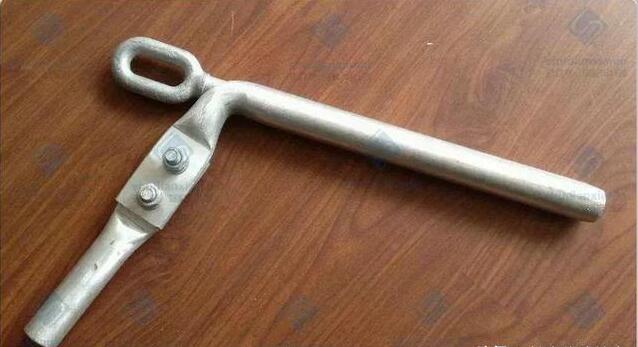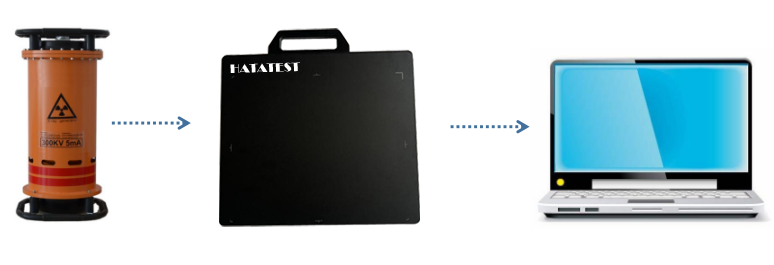The overhead transmission line guide and ground wire are generally connected by crimping fittings such as tension clamps and connecting pipes, and the connection method is generally crimping. During the operation of the overhead transmission line, the crimp type tensile clamp not only has to withstand the conductive function of the wire but also withstand the full tension of the wire. The quality of overhead wire crimping is very heavy, and it is very important to ensure reliable operation of the line and ensure safe power supply. At present, the grounding wire crimping method is used: the clamping method and the hydraulic method. Compared with the clamp method, the hydraulic method is simple in operation, convenient in inspection, low in price and reliable in quality. The hydraulic connection technology has been widely applied and promoted at home and abroad, and is also the main connection method now. The crimping of transmission line guides, grounding wire tension clamps and connecting pipes shall meet the requirements of the "Technical Regulations for Overhead Conductors (800mm2 or less) and Grounding Hydraulic Pressure Bonding of Power Transmission and Transformation Engineering" (DL T 5285-2018).

Tension clamp (before crimping)
The quality of the crimping of the tension clamp and the connecting pipe is related to the safe operation of the transmission line. Once the process is out of control or the position of the crimping is deviated, it is difficult to find the problem through the visual inspection, and there will be major safety hazards such as abnormal heating and disconnection of the wire during the operation. . In order to solve this safety hazard, it is generally detected by on-site X-ray detection technology. Transmission line fittings crimping quality X-ray inspection technology refers to the use of X-ray and material interaction law, forming a structural image of the crimping type crimping part of the crimping type clamp on the film or imaging device, which can deeply check the internal undervoltage of the fitting. Defects such as leakage pressure, air pressure and misalignment of pressure, thus ensuring a non-destructive testing method for detecting internal defects of the crimping tube by X-ray inspection technology. The method has been widely applied in the special work such as the quality management of the crimping in the infrastructure stage, the investigation of hidden dangers such as the "three-span", and plays an important role in the safe production of the power grid.
Detection equipment generally includes an X-ray source, an imaging (detector) system, a computer system, inspection tooling, and other equipment. The additional load on the conductors and towers during the test shall not exceed the design values of the corresponding conductors and towers.

The X-ray source is mainly a portable directional X-ray machine and a pulse ray machine. Imaging systems are primarily divided into digital X-ray imaging systems and film systems. The tooling for inspection should be designed according to the testing equipment and testing methods used to ensure that the X-ray machine and imaging system can be firmly fixed.
-
 Sales@hata-ndt.com
Sales@hata-ndt.com -
 +86 371 63217179
+86 371 63217179










